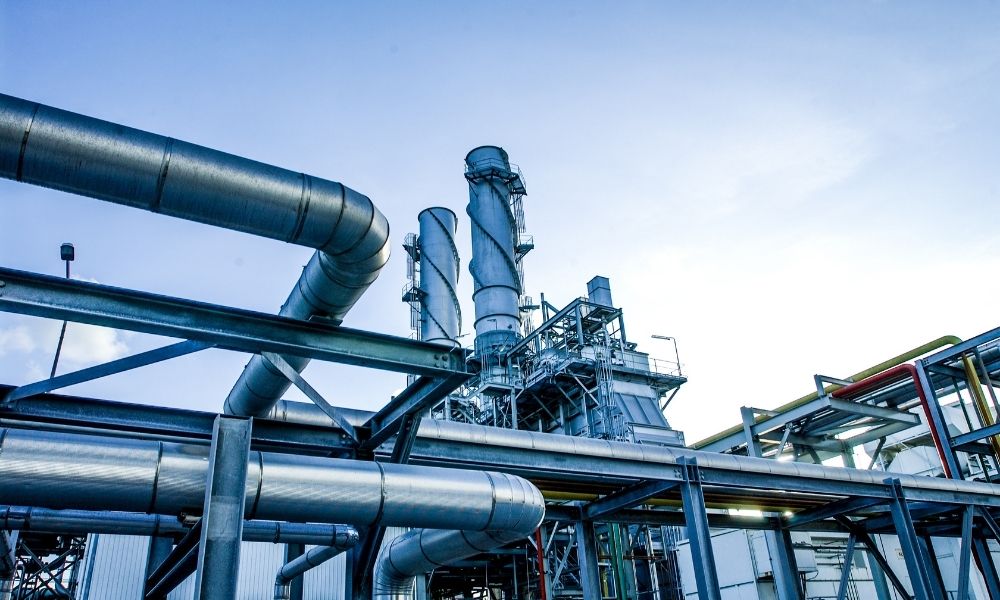Optimizing the Natural Gas Value Chain to Advance Decarbonization

The development of liquefied natural gas value chain is one of the major advancements toward providing a clean alternative fuel on a huge scale. The demand for LNG has risen quite a bit in recent years driven by constantly changing regulations about the environment and greater social awareness. Big investments have allowed this value chain to grow and thrive, leading to the development of production centers, and global distribution and infrastructure networks. Despite this quick progress, there are still some technical, geographical, and financial challenges involved for the players involved in the natural gas value chain.
Optimization of LNG supply chain
1. Having a reliable infrastructure: Firstly, you need to ensure global and regular availability of LNG. This depends on having a reliable infrastructure in all the right places. The offshore players will have to supply consistent LNG production with minimal opportunities for operational shutdowns. Although the infrastructure is well-developed in the European and Asian countries, there is a need to develop more distribution networks and bunkering facilities to ensure the availability of the LNG worldwide. The LNG carrier fleet has risen in size throughout the last few years. There are several new opportunities available for smaller-scale LNG transport and bunkering in sectors not connected to the gas grid.
2. Adopting technical advancements: Secondly, the systems and equipment makers will have to pursue technical developments for the natural gas value chain. Although most of the technology used for liquefication, cargo containment, and LNG systems are mature, the costs involved in onboard installation are still high than compared to other offshore and marine technologies. Makers will have to keep on innovating and developing a range of technologies for their cargo containment systems, membrane tanks, reliquefication systems, propulsion engines, and offloading arms. With more technologies getting certified, we can expect better safety and reliability to reduce CAPEX. All the conversions and retrofitting will become more possible for all the assets having obsolete technology or older design.
3. Asset management and digitalization: Third, the modern-day operators, asset owners, and characters are constantly looking to improve the efficiency of the supply chain and improve the asset management for decreasing OPEX for the floating units and gas carriers. In recent years we have seen more requests for fuel and energy audits, efficiency studies, and risk-based tech studies for improving the operations. Moving forward, a greater degree of digitalization on the onboard systems together with the use of twin-powered digital asset management technologies will see unit managers and operators optimizing their performance. All these improvements will get more bolstered by the operators embracing remote inspection as a way of avoiding and extending dry docking, minimizing downtime, and stopping production delays.
LNG to Carbon-Neutral fuel movement
The development of this natural gas value chain has prepared the significant groundwork for achieving decarbonization via using LNG as fuel. Quick adoption of LNG is already in fact decreasing the CO2 emissions of the maritime industry. It is also slashing the SO2, NOx, and particulate matter emissions. At the same time, the natural gas industry is working toward decreasing the fugitive emissions of methane for limiting overall GHG emissions. All these are good developments for energy resource transition. However, this is just a start. Due to the development of worldwide distribution and infrastructure networks, the LNG supply chain is paving the way for carbon-neutral fuels such as synthetic natural gases, and biofuels.
One of the leading figures in the LNG sector in Asia, Joseph Sigelman (CEO of AG&P Group) suggests that these drop-in fuels can utilize the same infrastructure and transportation technologies developed for LNG. It will enable pilot projects for synthetic and biofuel gas-powered vessels to begin their operations in the European sector. The LNG value chain has also made it possible to develop new technologies, greater expertise in safety and regulatory areas, and better delivery and transportation of gas fuel.
Conclusion
The rapid development of this gas value chain is a testament to the industry’s capability to innovate and adapt. Offshore production has also become feasible and the gas carriers of various sizes regularly transport and deliver LNG fuel globally. All the equipment makers have raised their technical expertise and classification societies have developed important safety regulations. These are significant steps towards decarbonization.





